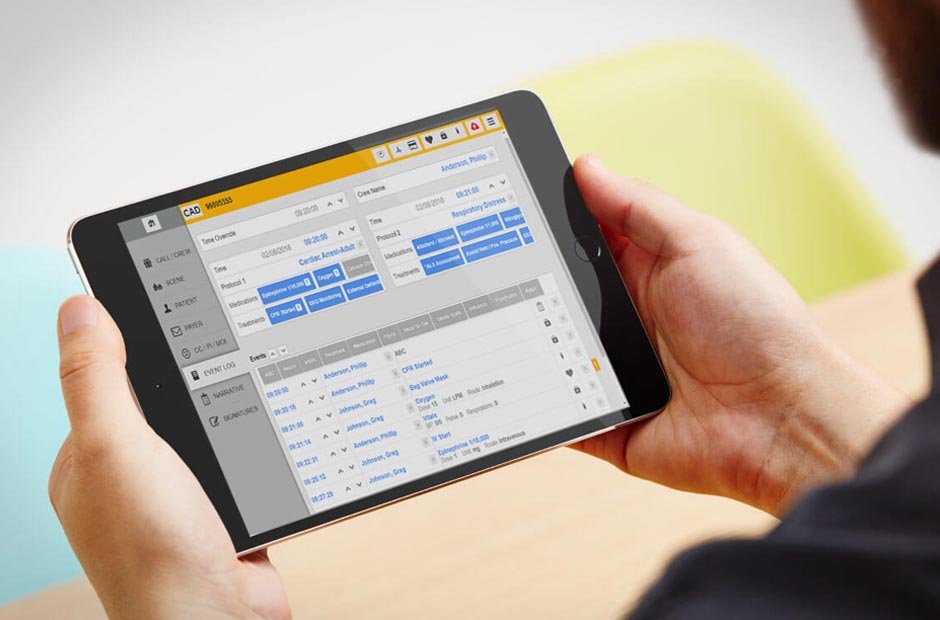Emergency Medical Services (EMS) are the first responders to any medical emergency. They work tirelessly to save lives and provide medical assistance to the public. As such, time is of the essence in this line of work. That’s why emergency medical services (EMS) and hospitals are turning to Electronic Patient Care Reporting (EPCR) software to better service delivery and patient outcomes.
This software has emerged as a game-changer in the industry, allowing first responders to report, document, and access patient care in real time. In this post, we will look at the most popular features of EPCR software and how they are transforming the healthcare industry.
Streamlined Paperwork
The days of time-consuming paperwork and transcription mistakes are over. EPCR software enables paramedics to document patient information in real-time efficiently.
Paramediq is one such software, and it is an all-in-one EMS Software for the most demanding agencies. This technology reduces the reliance on manual documentation, lowering the chance of errors and allowing for seamless data entry. Furthermore, the automatic data syncing feature guarantees that all records are always up to date and easily accessible.
Enhanced Data Accuracy and Accessibility
Accurate and readily available patient information is critical in an emergency. Data gathering and reporting are standardized using EPCR software, ensuring uniformity between paramedic teams. Healthcare providers can make informed decisions faster with real-time access to patient information. Furthermore, automated data validation and prompts provide that all needed data fields are filled out, limiting the potential of missing critical information.
Advanced Medical Charting
EPCR software provides complete medical charting templates targeted to the specific demands of paramedics. These templates cover vital signs, medical history, medication, and other pertinent elements. Incorporating clinical guidelines and protocols ensure paramedics follow best practices in patient care. Furthermore, the program may be customized for various medical specializations, allowing paramedics to deliver specialized care and enhance patient outcomes.
Efficient Workflow Management
During an emergency, efficiency in workflow management is critical. EPCR software interfaces smoothly with dispatch systems, allowing for a smooth flow of information from the original call to patient care. Automated job assignments and tracking ensure that all relevant procedures are completed immediately. Real-time communication and collaboration among EMS staff improve teamwork and coordination even further.
Analytics and Reporting
EPCR software goes beyond documentation by offering powerful data analysis features. EMS administrators and paramedics can assess performance, detect trends, and make data-driven decisions for quality improvement programs. The software creates thorough reports that provide significant insights into response times, treatment outcomes, and resource allocation, allowing EMS services to be continuously improved.
Compliance and Billing
For EMS providers, regulatory compliance and precise invoicing processes are crucial. EPCR software aids in enforcing industry standards and lowering compliance-related errors and penalties. It also streamlines invoicing and coding processes for more accurate service reimbursement. This streamlined strategy saves EMS organizations time and enhances cost efficiency.
Integration with External Systems
Another critical characteristic of EPCR software is its seamless interface with hospital information systems (HIS) and electronic health records (EHR). This link enables simple data sharing between EMS and other healthcare providers, enabling complete continuity of treatment. Paramedics can access a patient’s history, allergies, and pertinent medical information, allowing for more informed decision-making and better patient outcomes.
In Conclusion
EPCR (Electronic Patient Care Reporting) software has grown in popularity due to its sophisticated capabilities that transform how emergency medical services (EMS) workers document and manage patient care.
These capabilities, as highlighted above, improve the efficiency and accuracy of patient care reporting, resulting in better patient outcomes and streamlined workflows for EMS providers.
As the healthcare business evolves, EPCR software will become an indispensable tool for modernizing and optimizing EMS operations, making it a significant asset for EMS organizations and experts.
















